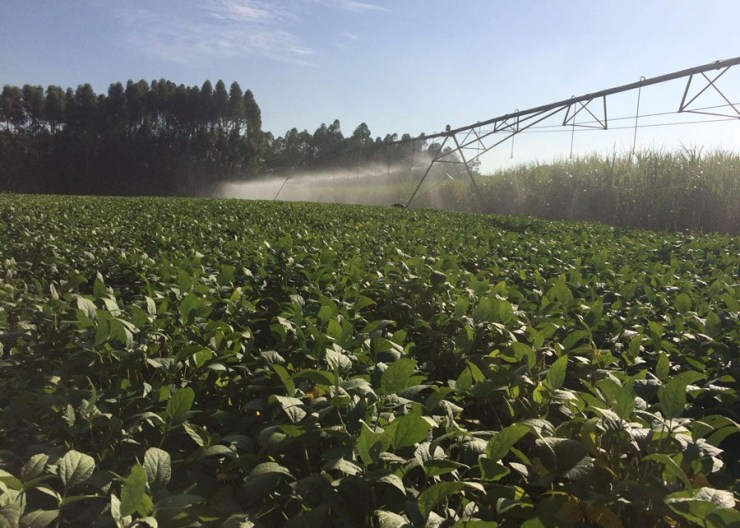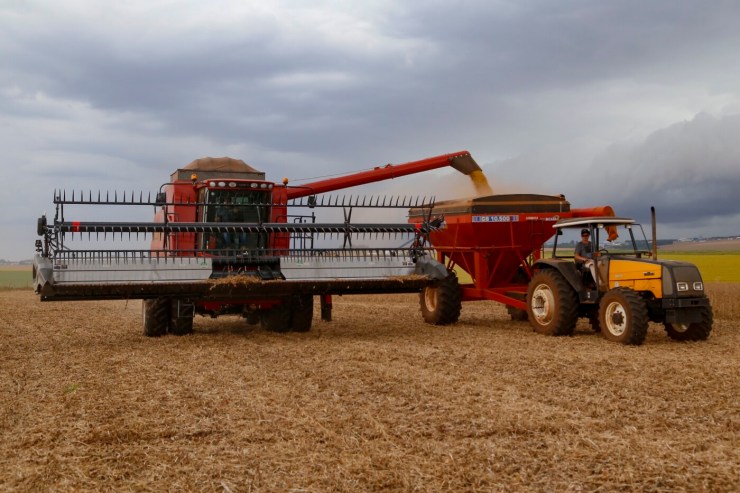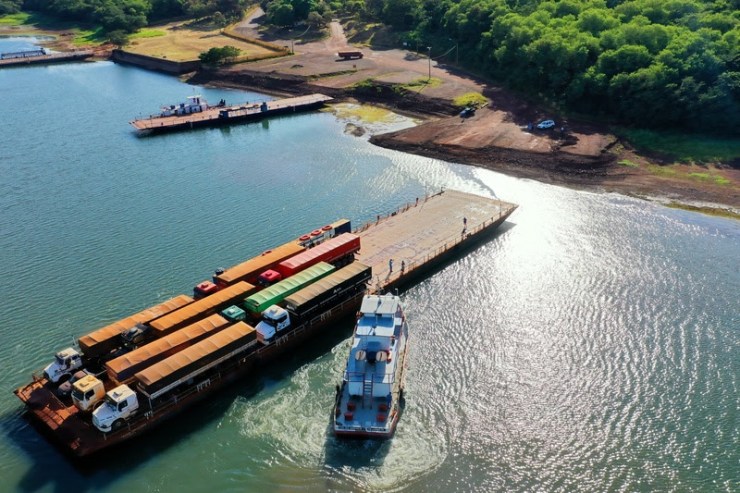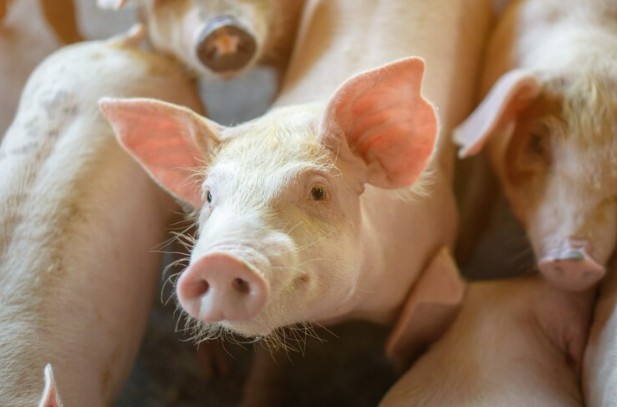A study reveals that only 33.1% of soybean cultivation areas in Brazil have 4G or 5G mobile coverage. Although the country is a world leader in the production and export of this crop, connectivity infrastructure in the field is still far from reaching the entire productive territory, with marked inequalities between states and regions.
On the international scene, Brazil continues to be the main supplier of soybeans to China, its largest trading partner in agribusiness. Competition with other exporting countries increasingly demands efficiency, quality and innovation from Brazilian producers. Recent figures show the strength of national production: from January to April 2025, the country exported 37.4 million tons of soybeans, an increase of 1.6% compared to the same period in the previous year, according to data from the Secretariat of Foreign Trade (Secex), linked to the Ministry of Development, Industry, Commerce and Services. In April alone, 15.3 million tons were shipped, the second largest monthly volume in history, consolidating Brazil's leading role in global soybean trade.
The analysis by ConectarAGRO, in partnership with the Federal University of Viçosa (UFV), shows that the highest connectivity rates are concentrated in the South and Southeast regions of the country. States such as São Paulo and Paraná stand out with 68.8% and 72% of their connected soybean crops, respectively, which has driven gains in productivity and operational efficiency. In these locations, the use of technologies such as sensors, drones, real-time monitoring platforms and machine automation is already a reality in the daily agricultural routine.
On the other hand, the study warns of a challenging scenario in regions such as the North of the country and Matopiba, which includes parts of Maranhão, Tocantins, Piauí and Bahia. In these areas, mobile internet coverage in rural areas is still low, in many cases less than 15%. This deficit limits the adoption of digital solutions and prevents local producers, especially small and medium-sized ones, from having access to the same technological tools available in the most connected regions. “The Brazilian countryside has already proven its capacity for innovation. The limitation is not in the available technology, but in the access infrastructure. Connecting the countryside is ensuring that digital evolution reaches all producers, of all crops, regions and sizes”, says Paola Campiello, president of ConectarAGRO.
Traditionally agricultural states such as Mato Grosso and Goiás, despite their strong presence in technology in the field, still face significant bottlenecks in digital infrastructure. Mato Grosso, the largest national soybean producer, has only 18% of its productive area with mobile internet access. Goiás and Mato Grosso do Sul have coverage of 23% and 19.8%, respectively. In the South, Paraná leads, followed by Santa Catarina (58.7%) and Rio Grande do Sul (46%).
Regional differences
The study also presents a municipal panorama that highlights even more profound contrasts. While municipalities such as Pitangueiras (PR), Bernardino de Campos (SP) and Nova Boa Vista (RS) already have 100% of their soybean areas connected, others such as Fernando Falcão (MA), Novo Acordo (TO) and Macapá (AP) have zero connectivity in plantations with thousands of hectares under cultivation. This disparity reveals a challenge: how to ensure that connectivity also reaches the new expanding agricultural frontiers, which have great production potential but lack basic infrastructure.
Rural connectivity is a key element for the modernization of soybean farming. Its presence is linked to the adoption of precision agriculture, remote monitoring of crops, rational use of resources and intelligent production management. Connected producers can integrate climate, operational and market data in real time, which increases productivity, reduces losses and improves Brazil's competitiveness on the global stage.
In the domestic market, soybean farming also plays a fundamental role in generating jobs and income. Soybean cultivation increased from 214,000 to 479,000 direct jobs between 2012 and 2023, according to a survey by the Center for Advanced Studies in Applied Economics – USP (Cepea), driven by the expansion of the planted area and the growing professionalization of the sector.
The expansion of connectivity in the countryside should generate new jobs, especially in technical and operational roles in digital agriculture, boosting socioeconomic development in producing regions. “The study reinforces the importance of public policies and incentives for the expansion of digital infrastructure in the countryside. Universal connectivity is urgently needed to reduce regional inequalities, prevent rural exodus, and stimulate innovation in Brazilian agribusiness, which has the potential to be even greater than it already is,” adds Paola.






